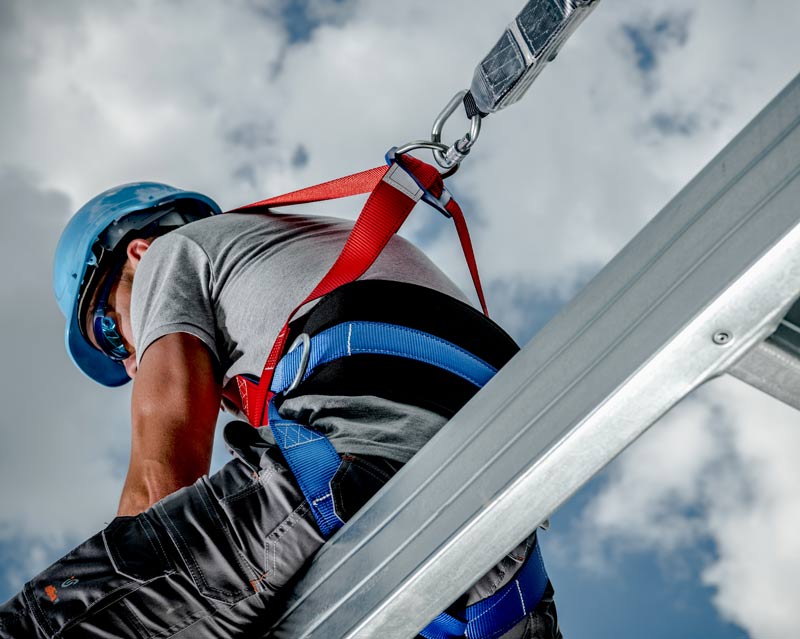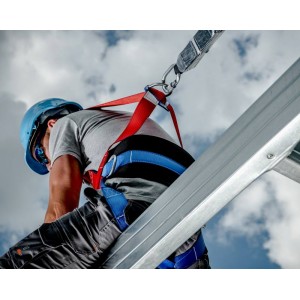Working at height brings inherent risks, so it's crucial that proper safety precautions are taken. One of the most important safety measures when working at height is using a safety line. But what exactly is a safety line and why is it so vital?
What is a Safety Line?
A safety line, also known as a
lanyard or lifeline, is a length of rope, wire rope or webbing that is used to connect a worker wearing a
safety harness to a reliable anchor point. The purpose of a safety line is to prevent or arrest a fall from height, providing a last line of defence if someone were to slip and fall off an elevated work platform.
Safety lines are a critical component of fall protection systems and
fall arrest systems. They serve as a worker's connection to the structure when working at height. If a fall occurs, the safety line catches the worker and limits how far they fall, reducing the risk of serious injury or death.
Types of Safety Lines
There are a few main types of safety lines used for work at height:
Shock Absorbing Lanyards
These contain an internal shock absorber that elongates during a fall to reduce the arresting forces on the worker. This helps minimise injury in a fall event.
Self-Retracting Lifelines
These automatically adjust the line length while moving around at height, but lock instantly in the event of a fall. This provides greater freedom of movement on the job.
Rope Grabs and Fall Arresters
These slide freely along a vertical safety line or rope but instantly grip and lock on the line when a fall occurs. This option is common for climbing and rope access work.
Horizontal Lifelines
These flexible horizontal lines give an anchorage connection point for multiple workers along a work area with no tie-off points. They allow movement across a space with protection.
Proper Use of Safety Lines

To gain the full protective benefits of a safety line, it must be used properly:
- The safety line must connect to a substantial, reliable anchor point capable of supporting the maximum arresting forces in a fall.
- Only attach the lanyard to your full body harness at its designated hardpoint. Never attach it to equipment loops.
- Ensure connections are compatible and secure. Use carabiners, snap hooks or self-locking connectors rated for fall protection.
- Maintain appropriate slack in the line. Too much slack increases free fall distance. Too little impedes movement and increases trip hazards.
- Check for damage, wear or deterioration before each use. Remove damaged safety lines from service.
- Follow all manufacturer instructions for use, care and inspection of safety lines.
Why Proper Safety Line Use Matters
Safety lines provide a critical failsafe to protect workers from fatal falls when working at height. However, they must be used properly in order to be effective. Correct selection, inspection, attachment and usage is essential.
An inadequate anchor point, improper connections, excessive slack, lack of inspection or misuse of a safety line can greatly reduce its capacity to arrest a fall. This leads to increased injury risk or possible death. Proper understanding and implementation of safety lines is necessary for anyone working at elevation.
By selecting, using and maintaining safety lines correctly, workers at height gain reliable protection that can truly safeguard them in the event of a fall. This allows them to focus fully on the job, knowing that this vital protective backup is in place.

